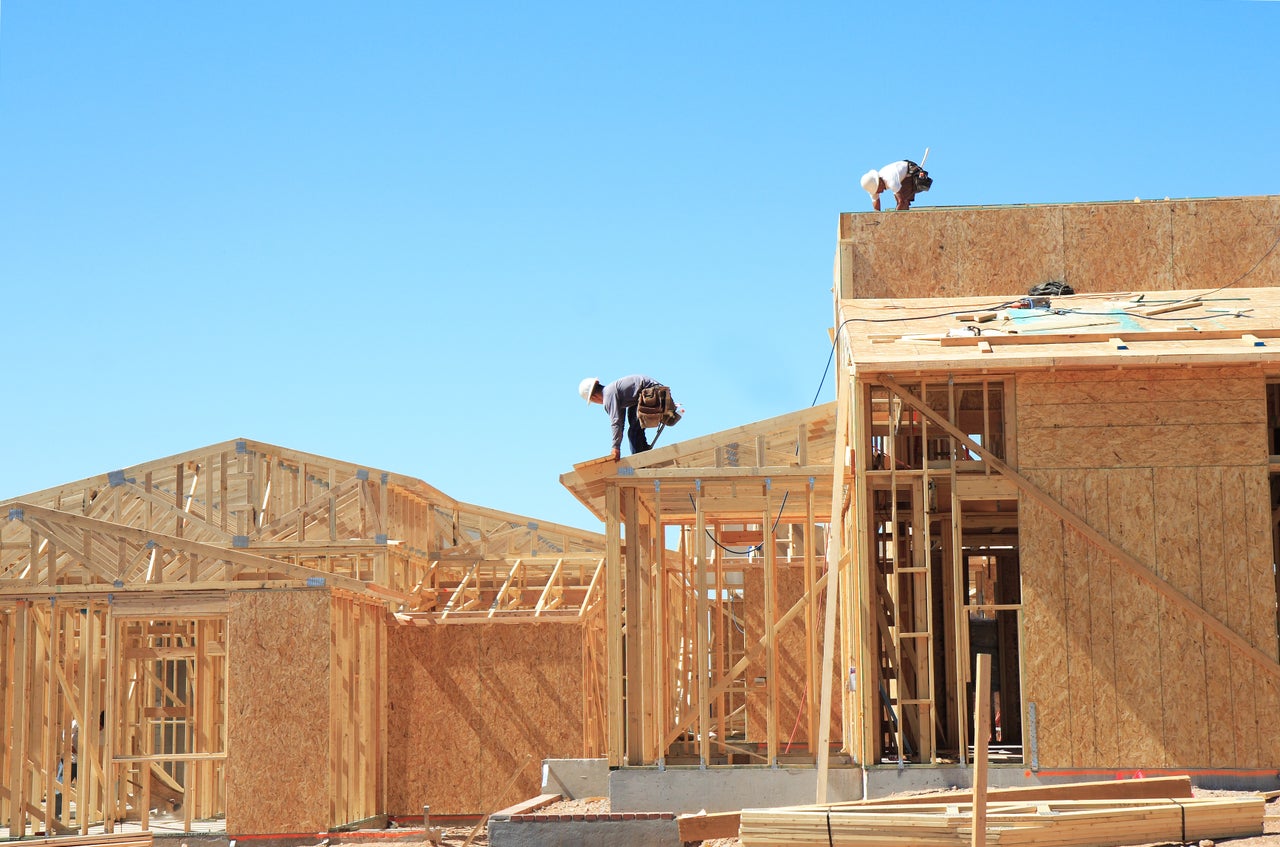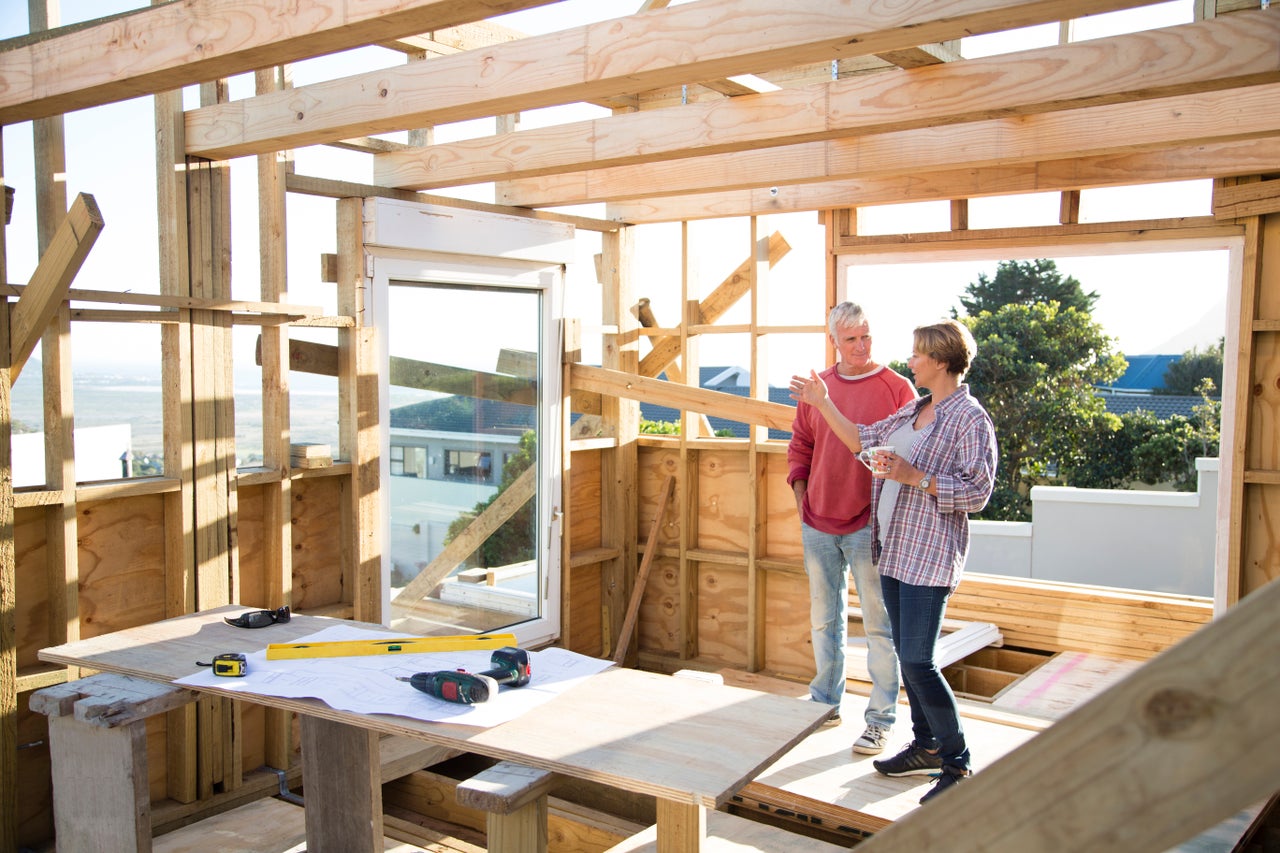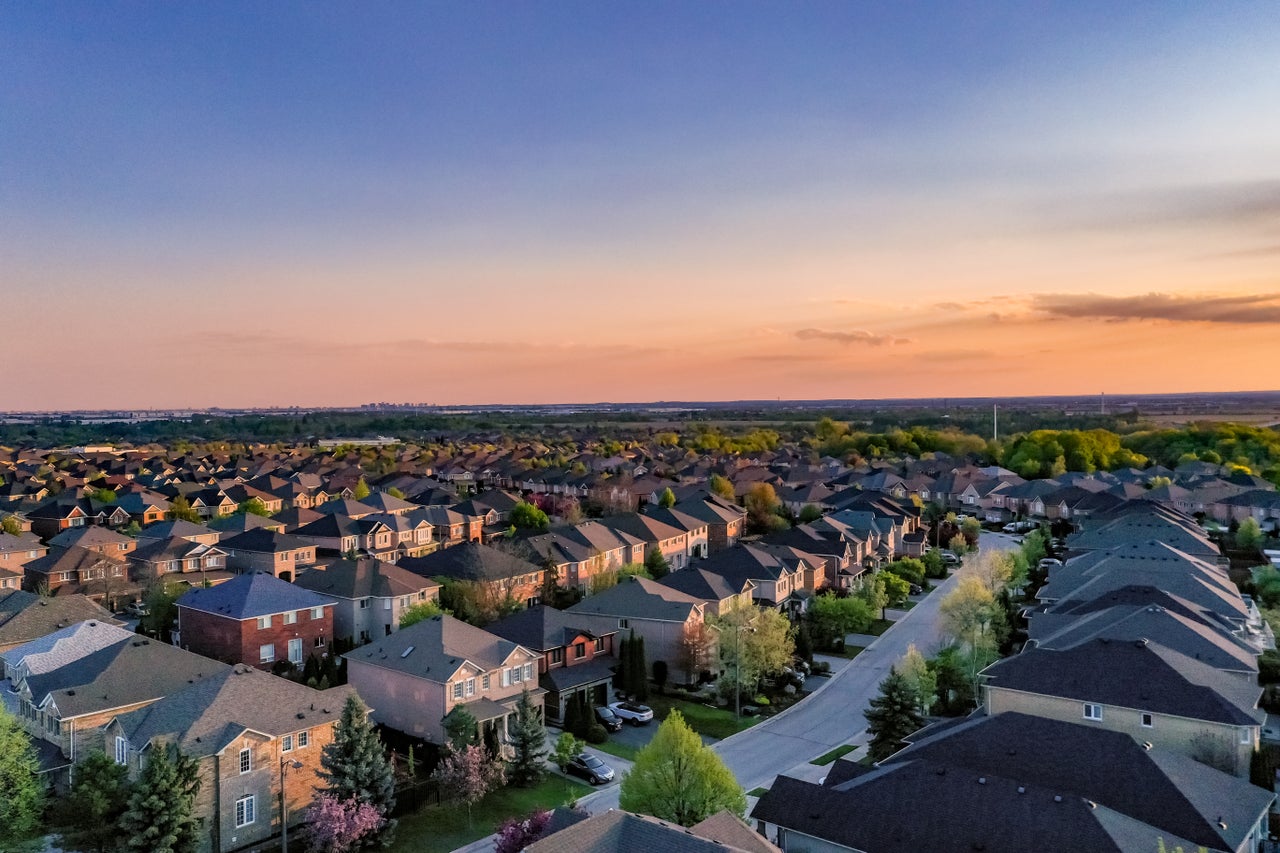Overview
- Year-over-year price growth continues its downward trend, only rising 1.3% in August 2025. Monthly price increases were in negative territory (down 0.3%) between July and August 2025, following a 0.2% decline in July.
- Bridgeport, CT; Newark and Camden, NJ; Rochester NY; and Chicago, IL lead for price growth among the top 100 metros.
- Negative home price growth is mainly concentrated in Florida, which is where seven of the top 10 metros reporting negative growth are located.

National home price growth
August 2025 data
Source: Cotality
Affordability meter
Source: Cotality
Insights from Chief Economist Selma Hepp
The housing market is in a slow rebalancing phase with home sales activity continuing to trend along a multi-decade lows. While high mortgage rates and low inventory remain key influences on market behavior, regional differences in supply and demand are causing markets to continue to diverge. In August, price growth was a meager 1.3%, which is substantially less than the 2.9% rate of inflation reported in the Consumer Price Index during that same month. But this is only an average. Looking at individual states tells a more nuanced story.
Northeastern states maintain strong housing fundamentals, which has led to continued home price growth in the high single digits. Metros with the highest appreciation rates continue to see prices up 6% to 7% compared to last year. On the other side of the coin, negative home price growth is dominating areas of the South and the West. Florida, Washington D.C., Colorado, Hawaii, Arizona, Texas, and California all showed negative price appreciation in August. These are also states where escrow costs have jumped considerably as a result of higher property taxes and increased insurance costs.
People are paying an average of 45% more in escrow costs compared with five years ago, and that is pushing up monthly payments and limiting the price of a home that people can actually afford. This additional layer of financial responsibility has in part led to homes spending longer on the market and deals being more difficult to close despite for-sale inventory growing. The result is downward price pressure.
Median home price increases have slowed too, resulting in the median home price in the U.S. decreasing slightly to $400,000. Lower home prices, slower price appreciation, and a recent decline in mortgage rates have contributed to improved overall affordability, which is now at its most favorable level since 2022, when mortgage rates began rising.
“Enhanced affordability has provided much-needed relief to the housing market, which has experienced limited momentum over the past two years,” said Cotality Chief Economist Dr. Selma Hepp. “Consequently, recent increases in mortgage application activity indicate that homebuyers are gradually re-entering the market. Rising inventories are providing buyers with more choices while price cuts are now more common in certain local markets. This has slowly shifted negotiating power towards buyers – if they can afford to act. But, with some sellers pulling back and further expected decline in mortgage rates, price pressures could resurge.”
However, as prices drop, homebuyers are also competing with investors. Investor activity remains elevated this year when compared to previous years, with investors making about one-third of total home purchases across the U.S. The higher share of investor purchases in the market is largely due to a decline in owner-occupied transactions, and these elevated levels are expected to remain steady through the end of 2025.
While home price growth has slowed, further weakening across the number of markets has slowed too. In August, fewer metros recorded year-over-year declines than in July. Notably, San Francisco experienced reacceleration in price growth since the spring due to the AI boom and return of the demand in the city, which is now one of the strongest markets in the Bay Area.
"The housing market remains at a crossroads—where mortgage rates, inventory shifts, local dynamics, and policy decisions converge. Whether demand unlocks further or stalls will depend not just on market and economic fundamentals, but perhaps, most crucially, on consumer sentiment which remains fragile particularly when it comes to job security and financial prospects. Until buyers feel confident in both the market and their own financial footing, many will remain on the sidelines.”

Top 10 hottest markets
Source: Cotality
Top 10 coolest markets
Source: Cotality
Which areas are affordable?
Tracking the top 5 highest and lowest U.S. median sales prices
Source: Cotality
Markets to watch
Tracking markets with a very high risk of price decline in the top 100 CBSAs
Source: Cotality
High-risk market home price trends
Source: Cotality
















.jpg)
